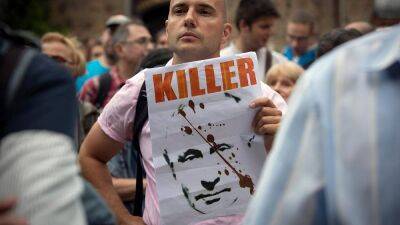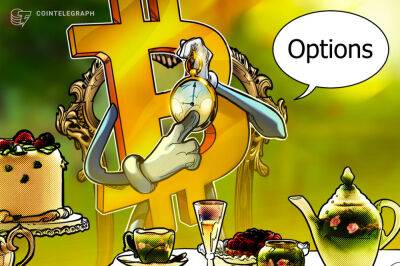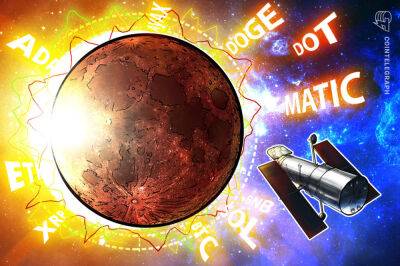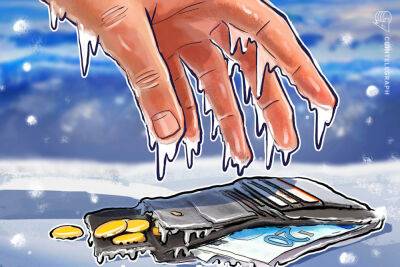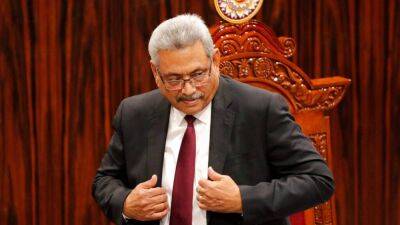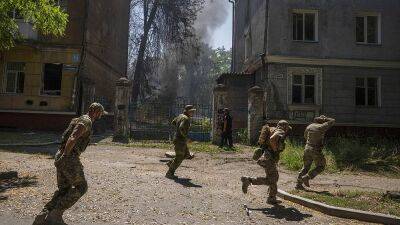Fears of energy crunch dragging down euro in face of strong dollar
It is two decades since the euro was last trading below $1.00 (£0.84) against the US dollar. Now the single currency is once again teetering on the brink of parity.
There are a host of reasons why, although the prompt for the most recent slide in the currency has been the fear Europe faces an energy crunch this winter.
The Nord Stream 1 pipeline, which brings gas from Russia, was shut down on Monday for annual maintenance due to last 10 days. Speculation is rife that Vladimir Putin might prolong the outage as retaliation for the sanctions imposed by the west on the Kremlin following the invasion of Ukraine in February.
Were that to happen, the risk of recession over the coming months would be heightened. Some of the bigger EU member states – such as Germany and Italy – are highly reliant on Russian gas and despite efforts to stockpile energy and find alternative suppliers, currency traders are assuming the worst. Business sentiment in Germany is currently lower than it was at the start of the pandemic and a fall in the value in the euro, which would raise the cost of imported energy, is unlikely to help.
Analysts at Japanese bank Nomura think the euro could keep on falling over the coming months. “If Nord Stream 1 doesn’t resume operations we think $0.90 is a growing possibility over the winter,” they said. “A scenario where the euro area has to ration gas supplies to industry – if that’s not an economic crisis, what is?”
This, though, is not just a story of euro weakness, it is also a tale of dollar strength. Investors traditionally flock to the US currency in times of uncertainty and there are plenty of reasons – war, inflation and the prospect of fresh measures in China to combat the Omicron variant of Covid-19 – for them
Read more on theguardian.com








